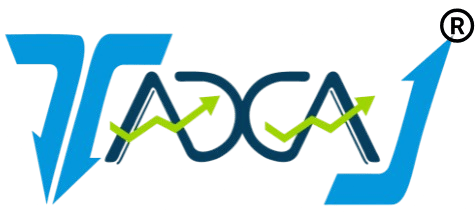Equalisation Levy
1. Background and Relevance of Equalisation Levy
Over the last decade, Information Technology has gone through an exponential expansion phase in India and globally. This has led to an increase in the supply and procurement of digital services. Consequently, this has given rise to various new business models, where there is a heavy reliance on digital and telecommunication networks.
As a result, the new business models have come with a set of new tax challenges in terms of nexus, characterization and valuation of data and user contribution. The combination of inadequacy of physical presence based nexus rules in the existing tax treaties and the possibility of taxing such payments as royalty or fee for technical services creates a fertile ground for tax disputes.
To bring in clarity in this regard, the government introduced vide Budget 2016, the equalisation levy to give effect to one of the recommendations of the BEPS (Base Erosion and Profit Shifting) Action Plan.
2. Applicability of Equalisation Levy
Equalisation Levy is a direct tax, which is withheld at the time of payment by the service recipient. The two conditions to be met to be liable to equalisation levy:
- The payment should be made to a non-resident service provider;
- The annual payment made to one service provider exceeds Rs. 1,00,000 in one financial year.
3. Services Covered Under Equalisation Levy
Currently, not all services are covered under the ambit of equalisation Levy. The following services covered:
- Online advertisement;
- Any provision for digital advertising space or facilities/ service for the purpose of online advertisement;
As and when any other services are notified will be included with the aforesaid services.
4. Rate of Tax Under Equalisation Levy
Currently the applicable rate of tax is 6% of the gross consideration to be paid.
Example:
Rohan has advertised on Facebook to expand his business. He has to pay Rs. 2,00,000 in FY 2017-18 to Facebook for the advertising services availed.
Solution:
Facebook will bill Rohan for an amount of Rs. 2,12,765.9
Rohan will deduct TDS at the rate of 6% of Rs. 2,12,765.9 = Rs. 12,765.9 and pay the balance of Rs. 2,00,000 ( Rs. 2,12,765.9 – Rs. 12,765.9) to Facebook.
5. Due Dates for Compliance
Due date of furnishing Equalisation Levy Statement (Form-1) is on or before 30th June of Financial Year ended. This is the annual statement.
From the above example, let us assume Rohan made the payment on 15th February.
He will have to deposit the tax with the authorities by 7th March, 2019 and file the statement (i.e. Form -1) on or before 30th June, 2019.

